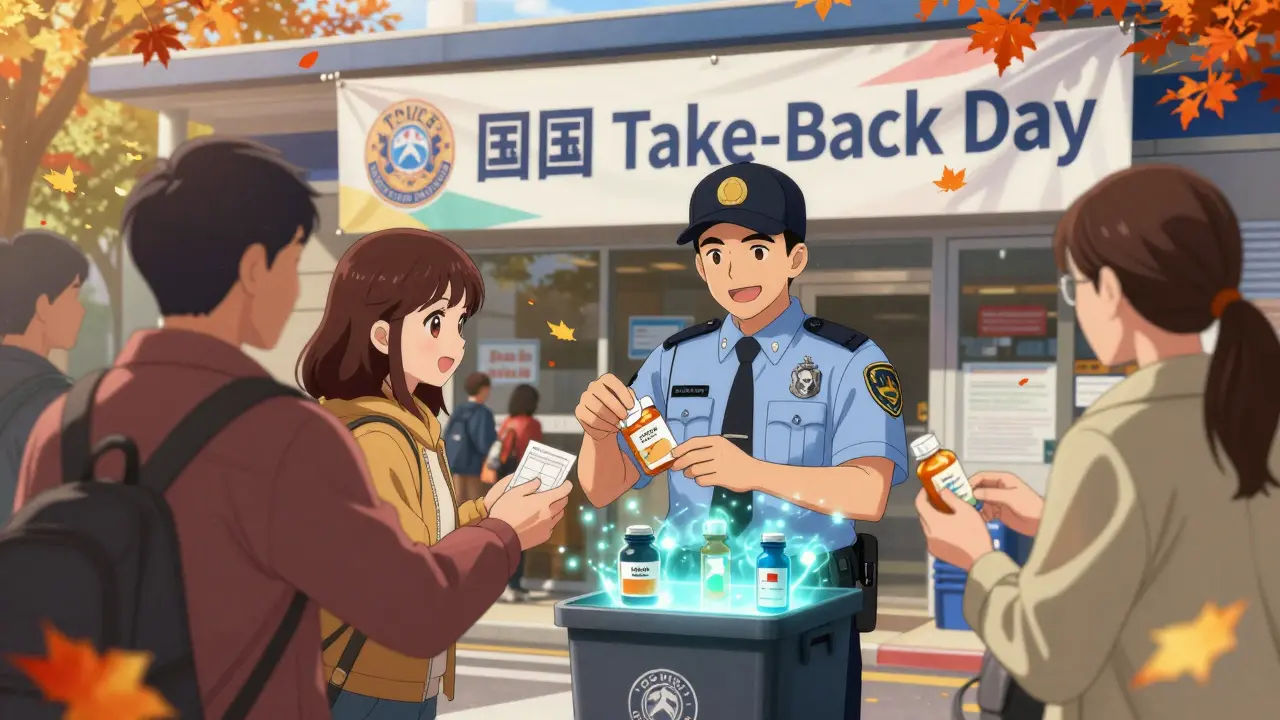Diabetes medication: what works and what to watch for
If you have diabetes, medicines often become part of everyday life. The right drug can lower blood sugar, cut complications, and make daily life easier. But meds also bring side effects, storage rules, and choices you might not expect. This page gives clear, useful tips so you can use medication safely and confidently.
Common types and simple rules for use
There are a few groups you’ll hear about a lot. Metformin is usually first for type 2 diabetes — it lowers glucose and is taken by mouth. Sulfonylureas (like gliclazide) help the pancreas release insulin but can cause low blood sugar. SGLT2 inhibitors (for example, empagliflozin) lower glucose through the kidneys and can raise the risk of genital infections. GLP-1 drugs (semaglutide, liraglutide) help control appetite and blood sugar and often cause some nausea when you start. Insulin is the most flexible and used in type 1 and many type 2 cases; doses change with meals, activity, and illness.
Practical tips: always follow dosing instructions, don’t skip meals if you’re on insulin or sulfonylureas, and carry quick sugar (glucose tabs or juice) for hypoglycemia. Keep a simple log of doses and blood sugar for a week — it helps your health team spot patterns fast.
Storage, safety, and side-effect checks
Insulin needs a fridge before opening (2–8°C) and can be kept at room temperature for around 28 days once in use — check the leaflet for your brand. Most pills store at room temperature away from heat and moisture. Check expiry dates and don’t use damaged packaging.
Watch for common side effects: metformin can cause stomach upset, GLP-1 drugs can cause nausea, and SGLT2s may increase yeast infections. Severe symptoms like fainting, heavy vomiting, or signs of ketoacidosis (fast breathing, fruity breath, severe abdominal pain) need urgent care. Tell your doctor about other meds you take — some blood pressure drugs, antibiotics, and heart medicines change blood sugar or interact with diabetes drugs.
Buying diabetes meds online without risk
Buying online can save money but be careful. Choose pharmacies with a physical address, verifiable pharmacist contact, and clear prescription rules. Look for regulatory seals relevant to your country (for example a national pharmacy regulator). Never buy insulin or prescription-only drugs from sites that skip a prescription — that’s a red flag.
If a price looks too good to be true, it often is. Ask for tracking on deliveries of injectable meds so temperature control can be checked. When in doubt, call your regular pharmacy or clinic for advice before ordering.
Use medication as one part of care: diet, activity, weight control, and regular blood sugar checks matter too. Talk openly with your provider about side effects, costs, and online options so you get safe, effective treatment that fits your life.
Managing Diabetes with Chlorthalidone: Effective Strategies for Blood Sugar Control
Chlorthalidone, a diuretic medication commonly used to treat hypertension, has gained attention in managing diabetes due to its ability to impact blood sugar levels. The relationship between chlorthalidone and diabetes management is complex and requires careful consideration by healthcare professionals. For those managing both hypertension and diabetes, understanding how chlorthalidone affects blood sugar is crucial. This article delves into the mechanisms of chlorthalidone, its effects on diabetes, and strategies for effective blood sugar management.






